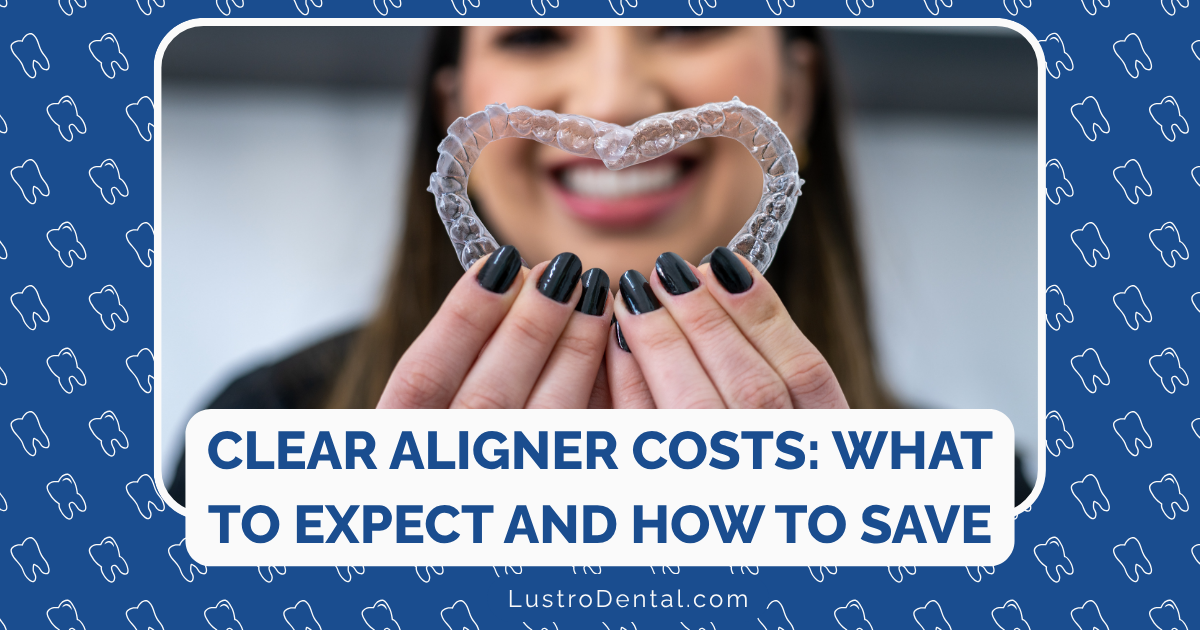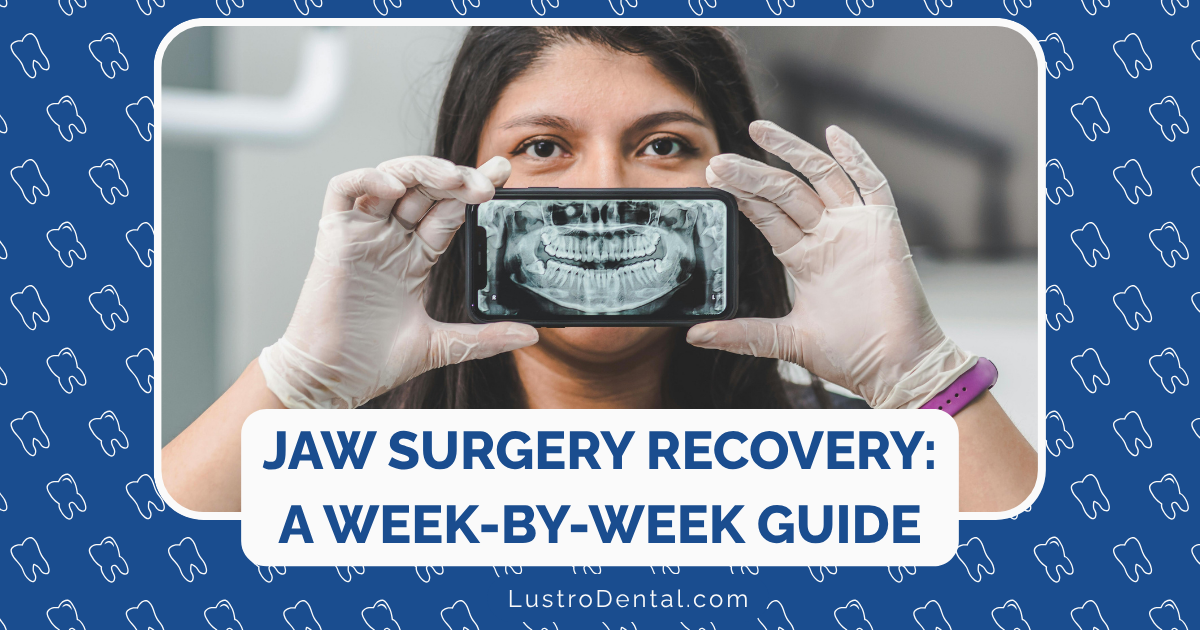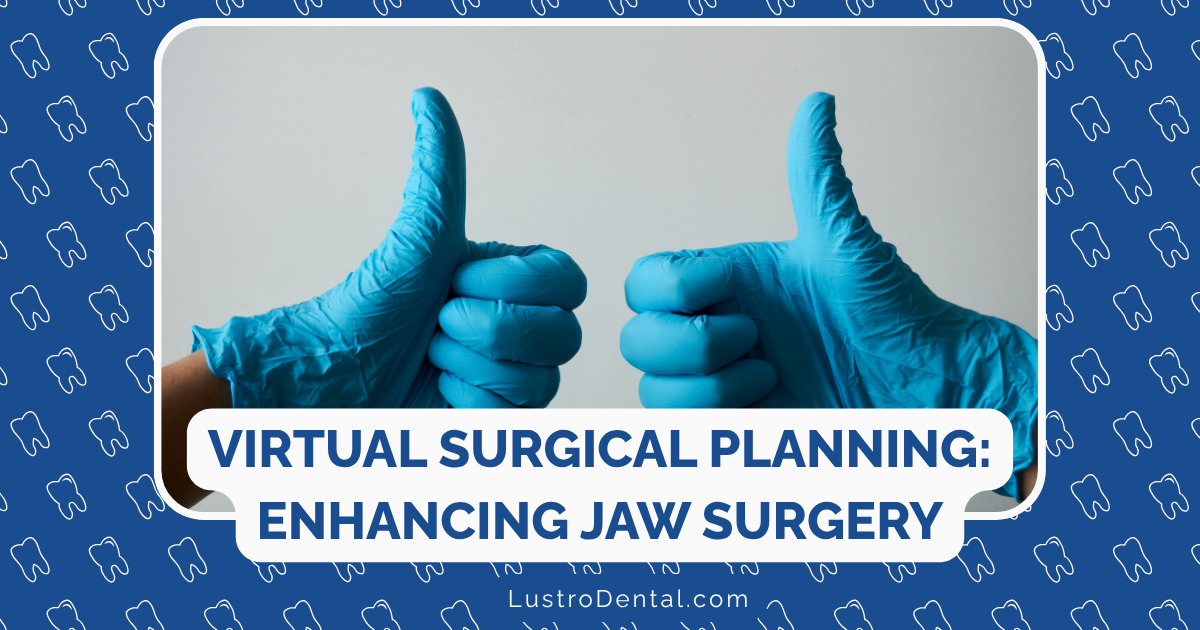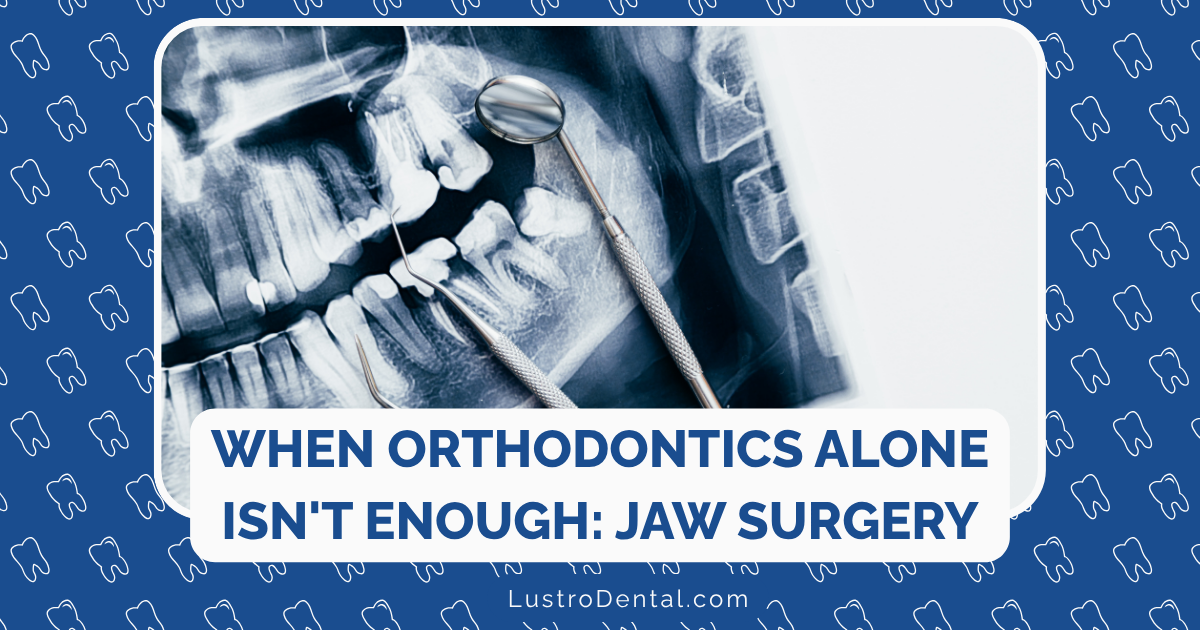The True Cost of Clear Aligners: Breaking Down Pricing and Insurance Coverage

When patients first inquire about clear aligners in my orthodontic practice, their initial questions almost always center around the same topic: cost. And rightfully so—orthodontic treatment represents a significant investment, and the pricing of clear aligners can seem particularly opaque compared to traditional braces.
“How much will this actually cost me?” they ask, often after seeing advertisements promising treatment for as little as $1,500, while simultaneously hearing stories of friends who paid upwards of $8,000.
The reality is that clear aligner pricing is complex, with significant variations based on multiple factors and potential hidden costs that aren’t always obvious in initial consultations. Add in the confusing world of insurance coverage, and it’s no wonder patients feel uncertain about what they’ll actually end up paying.
In this comprehensive guide, I’ll break down the true clear aligner costs in 2025, going beyond the advertised prices to reveal what actually impacts your bottom line. Whether you’re considering Invisalign, another in-office brand, or a direct-to-consumer option, this information will help you make an informed financial decision about your orthodontic care.
Clear Aligner Base Costs: What You Can Expect to Pay
Let’s start with the baseline costs for different clear aligner options in 2025:
In-Office Clear Aligner Options
Invisalign
- Average cost: $3,000-$8,000
- Mild cases: $3,000-$4,500
- Moderate cases: $4,500-$6,000
- Complex cases: $6,000-$8,000+
ClearCorrect
- Average cost: $2,500-$7,500
- Mild cases: $2,500-$4,000
- Moderate cases: $4,000-$5,500
- Complex cases: $5,500-$7,500
3M Clarity Aligners
- Average cost: $3,000-$7,000
- Mild cases: $3,000-$4,000
- Moderate cases: $4,000-$5,500
- Complex cases: $5,500-$7,000
SureSmile
- Average cost: $2,800-$6,500
- Mild cases: $2,800-$3,800
- Moderate cases: $3,800-$5,000
- Complex cases: $5,000-$6,500
Direct-to-Consumer Aligner Options
Byte
- All-day aligners: $1,895-$2,295
- Night-only aligners: $2,295-$2,695
- No tiered pricing for case complexity
SmileDirectClub
- Single payment: $1,950
- Monthly payment plan: approximately $2,386 total
- No tiered pricing for case complexity
AlignerCo
- Single payment: $995-$1,145
- Monthly payment plan: approximately $1,320 total
- No tiered pricing for case complexity
Dr. Sarah Johnson of Metropolitan Orthodontics explains: “The price difference between in-office and direct-to-consumer aligners reflects fundamental differences in the treatment model. In-office aligners include comprehensive orthodontic care with a specialist, while direct-to-consumer options primarily provide the aligners themselves with limited professional oversight.”
Factors That Influence Clear Aligner Pricing
The wide range in pricing isn’t arbitrary. Several key factors determine where your treatment will fall within these price ranges:
1. Case Complexity
The complexity of your orthodontic issues significantly impacts cost:
- Mild cases (slight crowding or spacing) require fewer aligners and less treatment time
- Moderate cases (more significant crowding, mild bite issues) need more aligners and monitoring
- Complex cases (severe crowding, significant bite problems, extraction cases) require specialized attachments, more aligners, and longer treatment time
According to research published in the Journal of Clinical Orthodontics, complex cases require an average of 35% more aligners than mild cases, directly impacting material costs and treatment duration.
2. Provider Expertise and Location
The experience level of your provider and geographic location significantly affect pricing:
- Specialist vs. general dentist: Orthodontists (specialists with 2-3 years of additional training) typically charge 10-30% more than general dentists
- Urban vs. rural locations: Urban practices generally charge $1,000-$3,000 more than rural practices due to higher overhead costs
- Provider experience level: Providers with extensive clear aligner experience and advanced certifications often command premium fees
“In major metropolitan areas like New York or Los Angeles, the average Invisalign case costs $6,000-$8,000, while the same treatment might be $3,000-$5,000 in rural areas,” notes Dr. Michael Chen of Advanced Orthodontic Solutions.
3. Treatment Duration
Longer treatments generally cost more due to:
- More aligners required
- Additional monitoring appointments
- Higher likelihood of needing refinements
A 2024 study in the American Journal of Orthodontics and Dentofacial Orthopedics found that for every 6 months of additional treatment time, patients paid an average of $1,200 more for their clear aligner therapy.
4. Brand Selection
Different aligner brands have different pricing structures:
- Invisalign typically commands premium pricing as the market leader
- Alternative in-office brands like ClearCorrect or 3M Clarity often cost 10-20% less than Invisalign
- Direct-to-consumer brands cost significantly less but offer a different service model
Insurance Coverage: Navigating the Complexity
Dental insurance coverage for clear aligners has evolved significantly in recent years, but remains complicated and often limited. Here’s what you need to know in 2025:
Typical Coverage Patterns
Based on current insurance data, here’s what you can typically expect:
- PPO dental plans: Cover 25-50% of orthodontic treatment costs
- HMO dental plans: May cover 20-30% or offer a fixed copayment schedule
- Indemnity plans: Often provide better coverage but with higher premiums
- Lifetime orthodontic maximum: Typically $1,500-$3,000 (unchanged for decades despite inflation)
- Age limitations: Many plans only cover patients under 18
- Waiting periods: Typically 6-12 months before orthodontic benefits become available
Key Insurance Limitations to Be Aware Of
Insurance coverage for clear aligners comes with important restrictions:
1. Medical Necessity Requirements
Approximately 90% of insurance providers only cover orthodontic treatment deemed “medically necessary” rather than cosmetic. This typically requires:
- Significant functional problems affecting eating or speaking
- Severe malocclusion (typically defined by specific measurements)
- Documentation of medical necessity from your provider
2. In-Network vs. Out-of-Network Considerations
- In-network providers: Typically result in 30-40% higher coverage
- Out-of-network providers: May require you to pay upfront and submit for reimbursement
- Coverage calculation: Often based on the insurance company’s “usual, customary, and reasonable” (UCR) fee schedule, not your actual treatment cost
3. Lifetime Maximum Limitations
Most insurance plans cap lifetime orthodontic benefits at $1,500-$3,000, which:
- Has remained largely unchanged since the 1980s despite inflation
- Typically applies per person, not per treatment
- May have already been partially used for previous orthodontic work
“Insurance coverage for orthodontics hasn’t kept pace with treatment costs,” explains Dr. Lisa Patel, an orthodontist and insurance specialist. “The $1,500 maximum that was established decades ago would be worth over $5,000 today if adjusted for inflation, but most plans still maintain the same cap.”
4. Direct-to-Consumer Coverage Challenges
Insurance coverage for direct-to-consumer aligners presents additional challenges:
- Many plans explicitly exclude them from coverage
- Some require in-person examinations for eligibility
- Reimbursement may be significantly lower than for in-office treatment
Hidden Costs: What’s Not Included in the Advertised Price
Beyond the base price, several potential additional costs may not be included in your initial quote:
1. Initial Records and Diagnostics
Some practices separate these costs from treatment:
- Comprehensive examination: $100-$300
- X-rays (panoramic and cephalometric): $150-$400
- 3D intraoral scanning or impressions: $75-$200
- Treatment planning fee: $250-$500
2. Refinements and Additional Aligners
If your teeth don’t move exactly as planned (common in orthodontics):
- Mid-treatment refinements: $300-$1,000 per set
- Additional aligners: $100-$200 per aligner
- Extended treatment time: May incur additional monitoring fees
A 2024 study in the Journal of Clinical Orthodontics found that approximately 70% of clear aligner patients require at least one refinement during treatment.
3. Replacement Aligners
If you lose or damage aligners:
- Replacement cost: $100-$200 per aligner
- Expedited shipping fees: $25-$75
- Treatment delays: May extend overall treatment time and costs
4. Attachments and Auxiliaries
Additional components that may be needed:
- Composite attachments: Usually included with in-office treatment
- Elastic wear: $10-$30 for supplies
- Bite ramps or precision cuts: May add $200-$500 to treatment cost
5. Retainers and Long-Term Maintenance
After treatment completion:
- Clear retainers: $300-$800 per set
- Fixed retainers: $250-$550 for placement
- Replacement retainers: Needed every 1-3 years at similar cost
- Retainer check appointments: $50-$100 per visit
“Retainers are essential for maintaining your results, but many patients don’t realize they’re a lifelong commitment and expense,” notes Dr. Robert Johnson. “Over 10 years, retainer costs can add $1,000-$3,000 to your total investment.”
Payment Options: Making Clear Aligners More Affordable
Several payment strategies can help make clear aligners more financially accessible:
1. Flexible Spending Accounts (FSA) and Health Savings Accounts (HSA)
- 2025 FSA contribution limit: $3,200 per individual
- 2025 HSA contribution limit: $4,300 for individuals, $8,550 for families
- Tax advantages: Pre-tax dollars provide 20-37% savings depending on your tax bracket
- Timing consideration: FSA funds typically must be used within the plan year
2. Payment Plans and Financing
Most orthodontic practices offer payment options:
- In-house payment plans: Typically require 10-30% down payment with monthly installments
- Third-party financing (CareCredit, LendingClub): Often offer 0% interest for 12-24 months
- Extended payment options: Can stretch payments beyond treatment completion
3. Provider Discounts
Many practices offer ways to reduce costs:
- Paid-in-full discounts: Typically 5-10% off total treatment cost
- Family member discounts: Often 5-15% for additional family members
- Special promotions: Seasonal discounts or new patient specials
4. Dental Schools and Residency Programs
Consider treatment at educational institutions:
- Dental school clinics: Often 30-50% less expensive than private practices
- Orthodontic residency programs: Supervised by experienced faculty
- Drawbacks: Longer appointments and potentially longer treatment duration
Case Studies: Real-World Clear Aligner Costs
To illustrate how these factors come together, let’s look at three real patient scenarios:
Case 1: Mild Alignment Case with Good Insurance
Patient: Sarah, 32, mild crowding, treatment with Invisalign
- Total treatment cost: $4,500
- Insurance coverage: PPO plan covering 50% up to $2,000 lifetime maximum
- Initial out-of-pocket cost: $2,500 ($4,500 – $2,000)
- Additional costs: One replacement aligner ($150), post-treatment retainers ($350)
- Final total out-of-pocket: $3,000
Case 2: Moderate Case with Limited Insurance
Patient: Michael, 25, moderate crowding and mild overbite, treatment with ClearCorrect
- Total treatment cost: $5,200
- Insurance coverage: Basic plan covering 25% up to $1,500 lifetime maximum
- Initial out-of-pocket cost: $3,700 ($5,200 – $1,500)
- Additional costs: One refinement round ($500), post-treatment retainers ($400)
- Final total out-of-pocket: $4,600
Case 3: Complex Case with No Insurance
Patient: Jennifer, 41, severe crowding requiring premolar extractions, treatment with Invisalign
- Total treatment cost: $7,500
- Insurance coverage: None
- Initial out-of-pocket cost: $7,500
- Additional costs: Two refinement rounds ($1,000), post-treatment retainers ($450)
- Final total out-of-pocket: $8,950
- Payment strategy: $2,000 down payment, remainder financed through CareCredit at 0% interest for 24 months ($291.67/month)
Comparing Value: In-Office vs. Direct-to-Consumer Aligners
When evaluating clear aligner options, it’s important to consider what you’re getting for your money:
In-Office Clear Aligners ($3,000-$8,000)
What’s typically included:
- Comprehensive orthodontic examination and diagnosis
- Professional treatment planning by an orthodontist or dentist
- Regular in-person monitoring (every 6-10 weeks)
- Attachments and auxiliaries as needed for complex movements
- Mid-treatment adjustments and refinements
- Professional assessment of final results
- Initial retainers (in many practices)
Potential additional costs:
- Replacement aligners if lost/damaged
- Additional refinements beyond what’s included
- Long-term retainer replacement
Direct-to-Consumer Aligners ($995-$2,500)
What’s typically included:
- At-home impression kit or retail scanning appointment
- Remote review of your case by a dental professional
- Complete set of aligners for initial treatment plan
- Remote monitoring via photos
- One set of retainers (with most companies)
Potential additional costs:
- Refinements (may require additional payment)
- Replacement aligners if lost/damaged
- In-person dental care if complications arise
- Post-treatment corrections if results aren’t as expected
Dr. Jennifer Lee of Smile Orthodontics notes: “The price difference reflects fundamentally different service models. Direct-to-consumer aligners may be appropriate for very mild cases, but they lack the comprehensive care and professional oversight that complex cases require.”
Maximizing Your Insurance Benefits: Practical Tips
To get the most from your insurance coverage:
1. Timing Your Treatment Start
Strategic timing can maximize benefits:
- Start treatment late in the calendar year to spread costs across two annual maximums
- Begin after waiting periods expire if you’ve recently enrolled in a new plan
- Coordinate with other planned dental work to avoid exceeding annual maximums
2. Pre-Treatment Authorization
Before starting treatment:
- Request pre-treatment authorization to confirm coverage
- Get detailed breakdown of covered services and payment schedule
- Clarify if coverage is different for aligners vs. traditional braces
3. Appealing Insurance Decisions
If your claim is denied:
- Request written explanation of the denial
- Have your provider document medical necessity with specific diagnostic criteria
- Submit additional supporting documentation (functional problems, speech issues, etc.)
- Follow the formal appeals process outlined by your insurance provider
“Many patients don’t realize that insurance denials can often be successfully appealed,” explains Dr. Michael Chen. “Having your orthodontist document specific functional issues rather than cosmetic concerns can make a significant difference in coverage determination.”
Questions to Ask Before Committing to Treatment
To avoid financial surprises, ask these questions before starting clear aligner treatment:
- What is the total all-inclusive cost of treatment?
- What additional costs might arise that aren’t included in this estimate?
- How many refinements or additional aligners are included in my treatment plan?
- What happens if my treatment takes longer than expected?
- Are retainers included, and what is your long-term retention protocol?
- What is your policy for replacement aligners if they are lost or damaged?
- How much of my treatment will my insurance cover, and how is this payment applied?
- What payment plans or financing options do you offer?
- Is there a discount for paying in full upfront?
- What additional costs should I anticipate over the next 5-10 years to maintain my results?
Conclusion: Making an Informed Investment
Clear aligner treatment represents a significant investment in your oral health and confidence. While the cost can be substantial, understanding the full financial picture helps you make an informed decision without unpleasant surprises.
Remember that the lowest price doesn’t always represent the best value. Consider your specific orthodontic needs, the level of professional care required, and your long-term oral health goals when evaluating different options.
By thoroughly researching costs, insurance coverage, and payment options, you can find an approach that fits both your orthodontic needs and your budget—ensuring that your investment in a straighter smile delivers the results you’re hoping for.
What has been your experience with clear aligner costs and insurance coverage? Share your insights in the comments below to help others navigating this complex decision.







